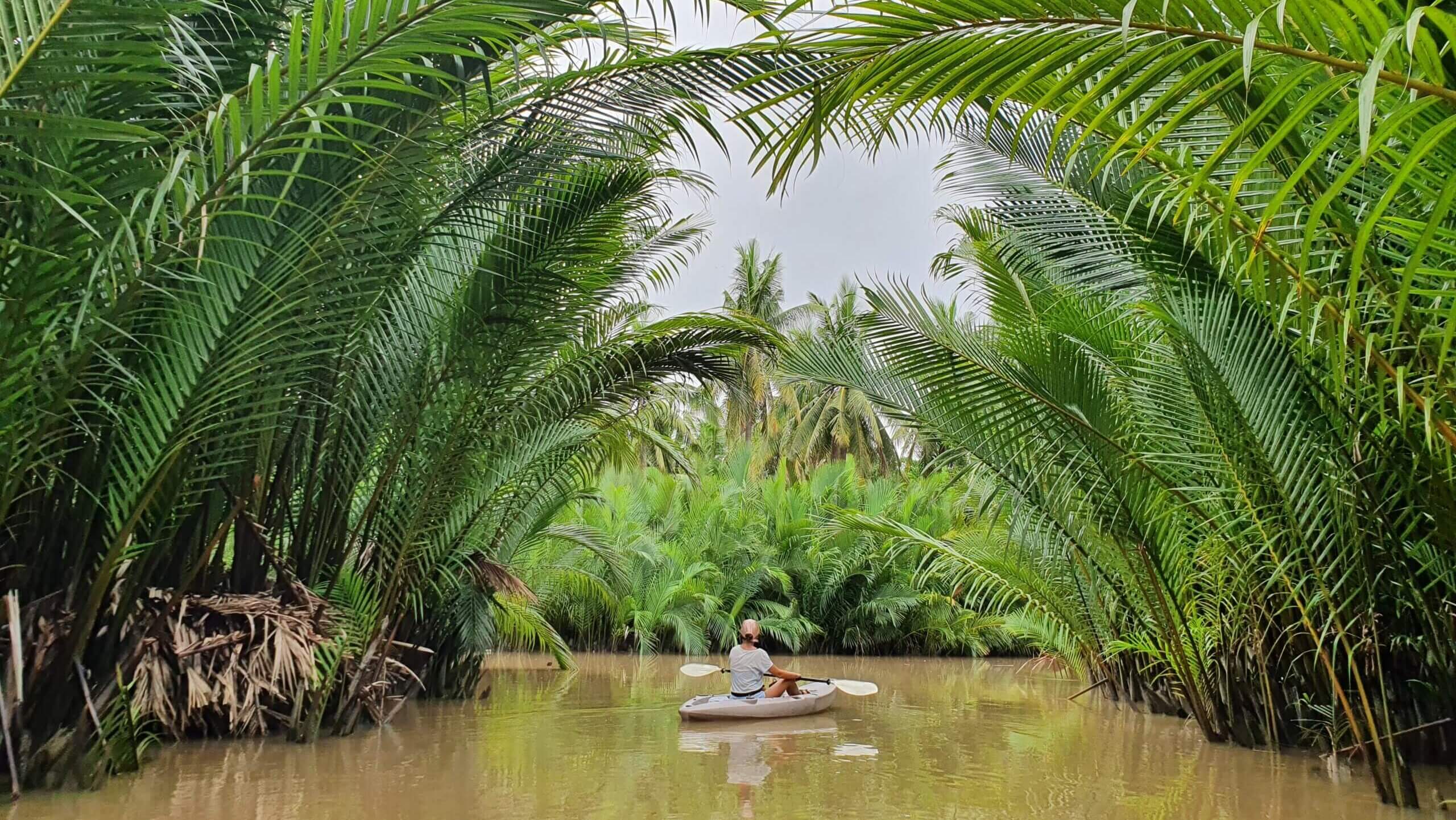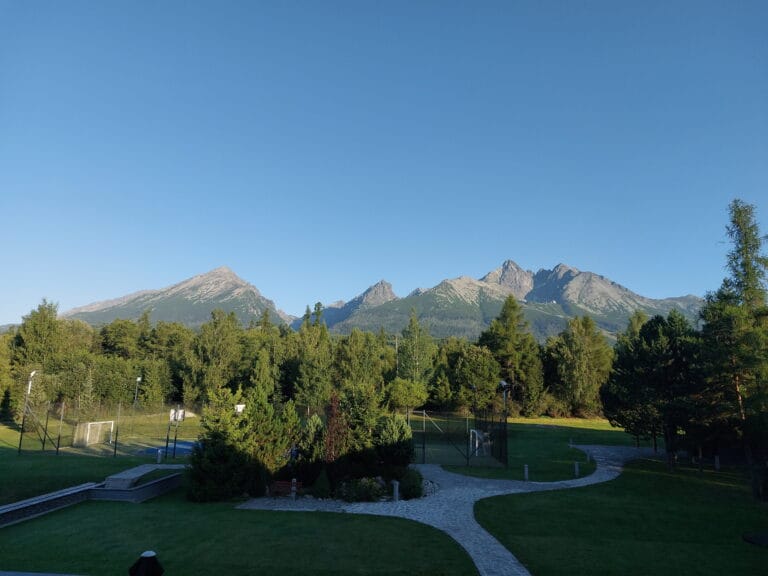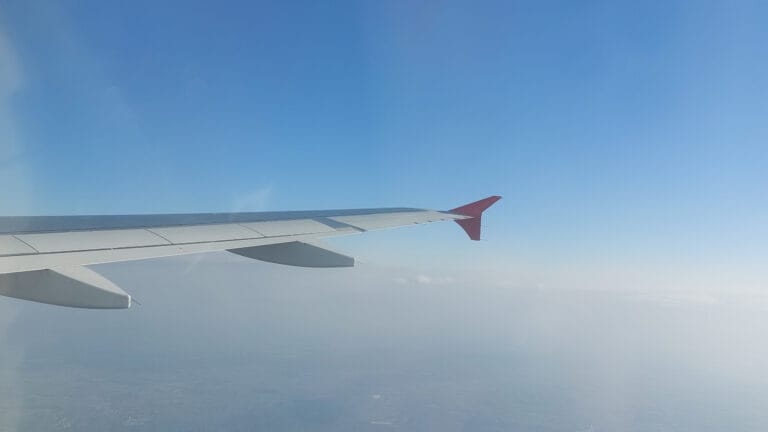Are you losing sleep, wondering how to stay safe backpacking? We’ve got a simple hack.
Travel safety is something many people worry about. In fact, it’s often the main reason why people don’t go long-term travelling at all!
There are many tips and tricks on keeping safe as you travel, but we wanted to share one hack that no one talks about.
And yet it’s so simple and easy to do! Read on and you’ll see.
This post may contain affiliate links. For more information, please read our Disclaimer.
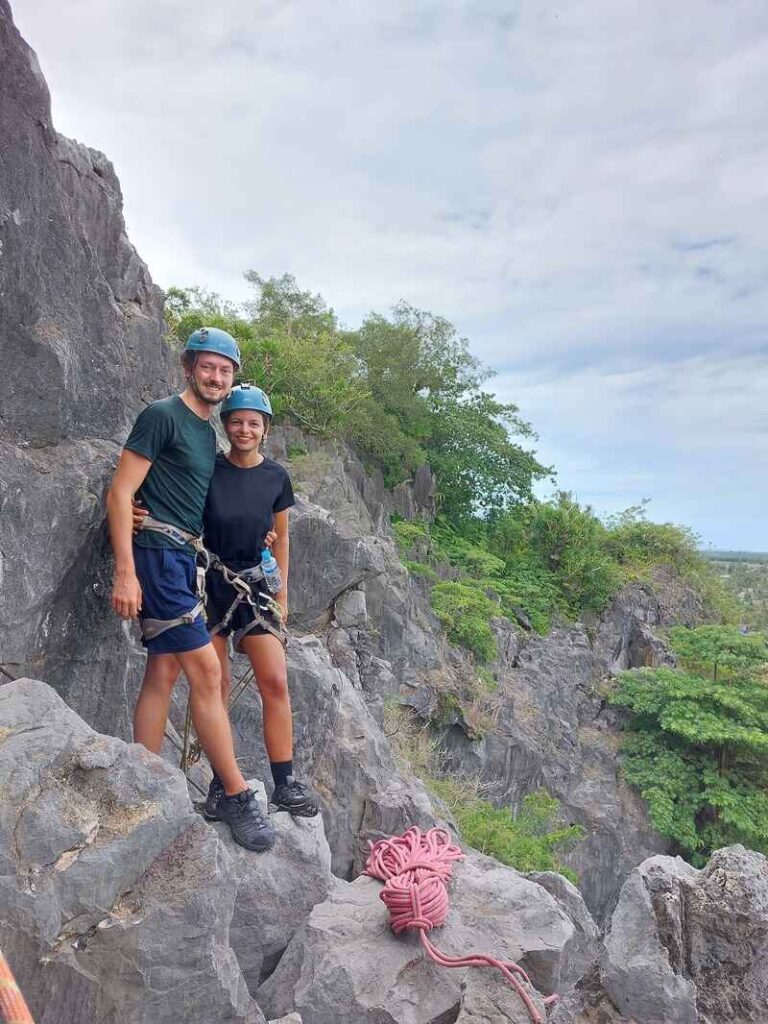
Here’s a little bit about our journey, if you are new here! If you know us, feel free to skip this part.
After leaving our old life in Scotland in March 2022 (it rains too much there), we travelled full-time for almost 2 years. Sounds fancy, doesn’t it? Well, it was. If you think that carrying overpacked backpacks in 45°C heat around streets that aren’t even on Google Maps is fancy. And that’s just 1% of all the fun we had! 😆
During the 2 years we volunteered in Italy and Bulgaria (free travel while learning new skills, anyone?), explored other amazing European countries and backpacked Southeast Asia. Btw, even our secret wedding was more of an expedition than a wedding. 😅
And, of course, we researched and planned everything ourselves, because you gotta keep the budget low, right? If you are like us, you’ve come to the right place, because we want to share all the useful travel tips and info with you!
Excited? Good. Let’s get into it so you can go on your own epic adventures too!
How to stay safe backpacking – the secret
Now, if you are expecting advice like: “Book the first night of accommodation in advance. Research unsafe areas. Never carry a handbag on one shoulder.”, then you don’t know us at all.
Because, while we like to share all useful safety tips, what we really LOVE is sharing the more unusual ones.
So, are you ready? Do you want to know how to stay safe backpacking?
Okay, we’ll tell you. But beware. It’s about to get dark in here. We are talking about travel safety after all!
The secret travel safety hack
Here is the one thing that can make a big difference in your long-term travels:
Create a Google Doc.
That’s it!
Okay, okay, that’s not completely *it*, but it’s pretty much that easy.
What you want is to create a Google Doc (or use any other platform that works for you) that records all your accommodation and then share it with a few key people you trust (we’ll call them “key people” in the rest of the post, so you know who we mean).
Let’s talk about this hack in more detail, because this might not sound very sophisticated and smart (but trust us, it is).
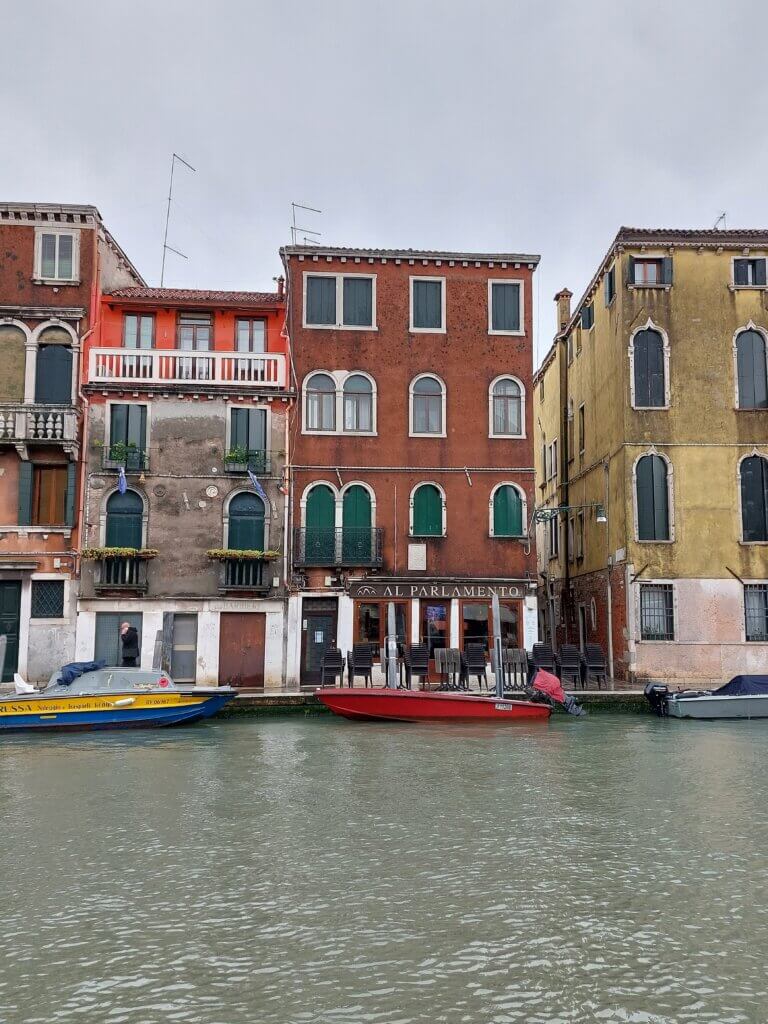
How is this helpful?
If you are wondering, how on earth a Google Doc can help you stay safe backpacking, we’ll tell you.
Should anything happen to you on your travels, there will always be someone who will know where you were last time. Or where you should be heading next. Or who they can contact to try and figure out your whereabouts.
For example, trigger warning here, but say a natural disaster strikes and you lose contact with your friends and family. Your mum sees the news on TV, but instead of going into full-on panic (we might be speaking from experience here. Hi mums!) she opens up the Google Doc, checks which city you should be in, and contacts your accommodation or authorities there.
But there is another advantage to having this document aside from letting your mum sleep at night – read on and we’ll tell you!

How to create a travel safety document
First, a disclaimer.
This is a hack we used ourselves, to stay safe backpacking.
Here is how we did it and what information we recorded:
Step 1: Create the document
Start by creating the Google document and noting the accommodation you have booked already.
We note:
- the country the accommodation is in
- the city we are staying in
- the dates
- a link to the accommodation on the platform where we booked it (e.g. Booking.com, Airbnb etc.)
If we booked the accommodation directly, not via a third-party platform, we add this information as a note, and include a link to the accommodation’s website.
Bonus tip
A clickable link that takes you straight to the accommodation page where you can find contact details is the best. In a crisis, you don’t want to be wasting time googling which “Happy Guesthouse” in Thailand your loved one is staying in. Trust us, the accommodation names in many countries are not always the easiest to google.
Step 2: Keep the list up to date
Every time we book new accommodation we make sure we update the list. Get into the habit of doing it right as you hit “confirm” on the booking platform, so you don’t forget.
Tip: Not staying anywhere, because you are having the best sleep scrunched up on a bus for 12 hours? (LOL. We know). Make sure to record overnight transport too, so your document doesn’t have gaps in it.
Side note on surprise visits and secrets
The only exception when we don’t add new accommodation is when we are planning a surprise visit or a trip we don’t want anyone to know about – just yet!
In that case, we either act like we forgot to update the document (this works if your key people don’t ask too many questions).
Or we claim we don’t have any accommodation booked yet (this is easy when you’ve been travelling long-term for a while – people will get used to you not knowing where you will be in a few days’ time).
Or we put false information into the document for the time being (Mums, if you are reading this, please forget we said this!).
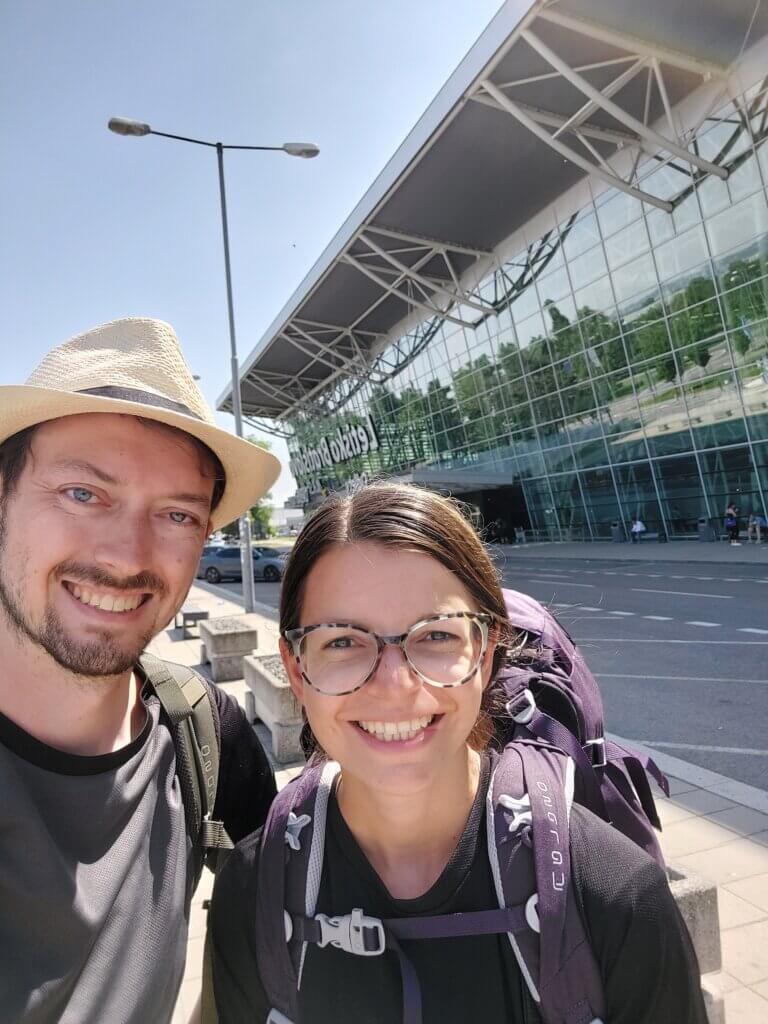
Step 3: Add new accommodation to the top
Usually, as you add to a list in a document, the new information gets added to the bottom. But as you travel long-term, the list gets very long and, if needed, your key people would have to scroll for a looong time to get to your current location – not what you need in times of crisis!
We reversed the order and always add the latest accommodation to the top of the document, so it’s easily accessible.
Btw, if you wanna chat all things travel safety (Or long-term backpacking. Or how not to loose your 💩 when it rains in EVERY SINGLE place you go to), book a call with us. We can talk/worry/rage/plan together.
Step 4: Share the document with people you trust
This step is crucial, otherwise the document won’t be much use in keeping you safe. You need to share it with multiple people you trust.
The key word here is multiple.
It’s ideal if you have more than 1 person who knows where you are, should anything happen.
Tips on picking your key people
Pick people who you can rely on to help when needed. Don’t pick a friend who is kinda interested in where you are, but really just wants to look at your beach pics as they sit in their office. It’s important to choose people who will notice if they don’t hear from you in a while, if it is unusual for you to not be in touch.
A good tip is to pick people who can speak English and would be able to communicate with accommodation or authorities in a different country.
Send them a link to the document and make sure they save it somewhere where they can easily access it. In crisis, it’s easy to panic, so things like this should be saved somewhere handy.
What we did
We shared our document with 4 of our closest family members, including our mums, because you can always rely on them to notice if you don’t show proof of life on some form of a social media platform for too long!
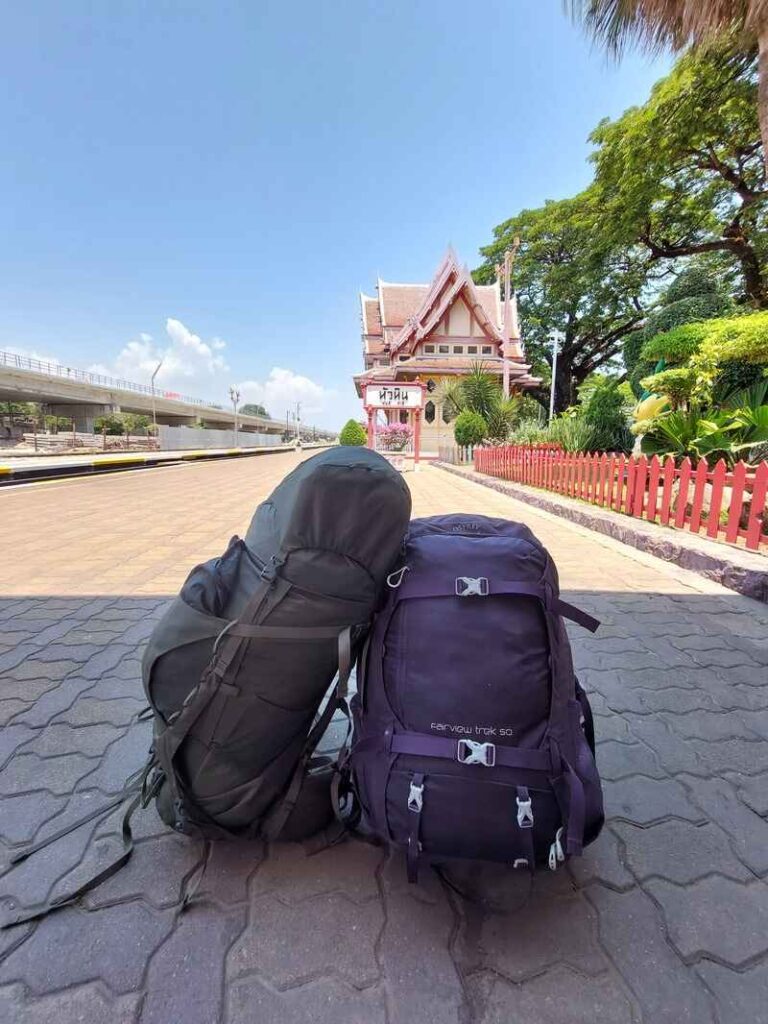
Bonus tip
Add your insurance information to the top of the document.
If anything goes wrong, it might be a good idea for your key people to have access to your insurance details too.
We included:
- the insurance company’s name
- the dates the insurance is valid for
- our insurance policy number
Make sure to keep this information up to date as well, if you get a new policy or if you change the insurance provider.
Tip on travel insurance
Speaking of travel insurance, did you know we researched 23 insurance providers when choosing the right one for our full-time travels? Yes, we are that crazy.
But it was worth it. In the end, we actually found two companies whose insurance we are happy with.
If you are not sure who to go with, definitely check out SafetyWing or True Traveller.
They are both great, both created by travellers for travellers, and both offer amazing value for money.
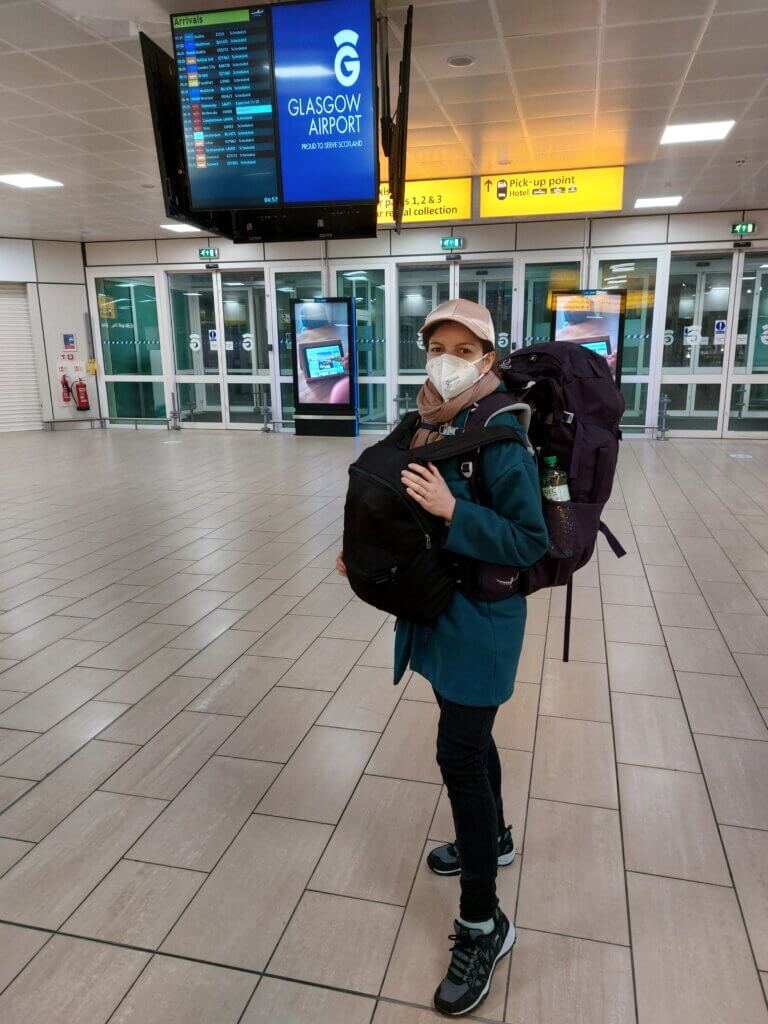
Extra benefit of the safety document
And now, hope you didn’t forget!
As we promised, there is one more advantage to having a document like this. It’s not just a great travel hack so you stay safe backpacking!
We have, actually, used the document countless times over the years.
This is why you will use the safety document
Any time someone asks us for accommodation tips? We go straight to the document to get a link for them.
Any time we are reminiscing and can’t remember where we were on a particular day or month? We can check it in the document.
Any time we are sharing horror stories from our past accommodations? We can easily show pictures by finding the place in the document.
It’s not all about natural disasters and worried mums! Sometimes it’s about “that time we had rats running around in the walls of our room”. But that’s a story for another time. 😉
The important thing? When travelling full time, we knew how to stay safe backpacking – using all our travel safety tips!

Do you have a travel safety document like this or would you consider having one? Let us know in the comments!

Hi!
We’re Mirka & Daniel — full-time travellers, professional overthinkers & bad luck magnets. We research EVERYTHING and then share all the weird travel tips with you here. Follow along to make your adventures easier! 🌴

